Home>Ideas and Tips>5 Sustainable Practices To Try In Your Garden


Ideas and Tips
5 Sustainable Practices To Try In Your Garden
Published: November 3, 2024
Discover five essential sustainable gardening practices to reduce your ecological footprint and create a thriving, eco-friendly garden.
(Many of the links in this article redirect to a specific reviewed product. Your purchase of these products through affiliate links helps to generate commission for Storables.com, at no extra cost. Learn more)
Gardening is not just about growing plants; it's about creating a harmonious relationship between nature and human activity. By incorporating sustainable practices into your garden, you can contribute to a healthier environment, reduce waste, and enjoy the benefits of a thriving ecosystem. In this article, we will explore five essential sustainable practices that you can easily integrate into your gardening routine.
1. Reduce Your Lawn Culture
The traditional American lawn is often seen as a symbol of pride and beauty, but it can also be a significant contributor to environmental degradation. Lawns require regular mowing, fertilization, and pest control, which often involve the use of chemical pesticides and herbicides. These chemicals can pollute soil and water, harm local wildlife, and contribute to climate change.
Why Reduce Your Lawn?
- Water Conservation: Lawns are notorious water hogs. They require frequent watering, especially during hot summer months. By reducing the size of your lawn or replacing it with native meadow landscapes, you can significantly reduce your water consumption.
- Pesticide Reduction: Lawns are often treated with synthetic herbicides and pesticides to control weeds and pests. These chemicals can contaminate soil and water, harming local ecosystems.
- Biodiversity Increase: Native meadow landscapes are more biodiverse than traditional lawns. They provide habitats for local pollinators, insects, and small animals, enhancing the overall health of your garden.
How to Reduce Your Lawn?
- Native Meadow Landscapes: Consider replacing some or all of your grass with native meadow landscapes. These plants are less water-intensive and require fewer chemicals for maintenance.
- Proper Fertilization Techniques: If you must keep a grass lawn, ensure you use proper fertilization techniques. The University of Kentucky’s College of Agriculture, Food, and the Environment offers a program called No P On My Lawn to educate citizens about the risks associated with excessive phosphorus use on lawns.
- Less Frequent Mowing: Reduce the frequency of mowing your lawn to give pollinators more time to forage on flowering plants before they disappear.
2. Capture Carbon Through Healthy Soil
Soil is often overlooked as a critical component in the fight against climate change. However, it plays a vital role in carbon sequestration—capturing and storing carbon dioxide from the atmosphere. Healthy soil is rich in organic matter, which is primarily composed of carbon.
Why Healthy Soil Matters
- Carbon Sequestration: Soil captures several times more carbon than all plant and animal life combined. By maintaining healthy soil through sustainable practices, you can contribute significantly to global carbon reduction efforts.
- Soil Erosion Prevention: Mulching and composting help prevent soil erosion, keeping nutrients in the ground where they belong.
- Biodiversity Increase: A diverse range of plants in your garden increases biodiversity, which is essential for maintaining a balanced ecosystem.
How to Maintain Healthy Soil
- Ease Off Disturbance: Avoid frequently tilling or disturbing your soil as this can disrupt its natural ecosystem.
- Use Compost: Instead of using synthetic fertilizers, opt for compost to boost your soil’s nutrients.
- Mulch Regularly: Mulching prevents soil erosion and keeps nutrients in the ground by reducing evaporation and runoff.
- Grow a Variety of Plants: Planting a variety of plants increases biodiversity, which is crucial for maintaining a healthy ecosystem.
3. Conserve Water
Freshwater is the most valuable resource on the planet, and our supplies are shrinking every day due to climate change and overuse. Conserving water in your garden is essential for both environmental sustainability and long-term garden health.
Why Conserve Water?
- Water Scarcity: As the climate crisis continues, freshwater scarcity will become a more pressing issue.
- Energy Efficiency: Reducing water usage also reduces the energy required to treat and distribute water.
- Plant Health: Proper watering techniques can improve plant health by reducing stress caused by overwatering or underwatering.
How to Conserve Water
- Plant Drought-Tolerant Shrubs/Perennials: Choose plants that require less water to thrive. Native plants are often the best choice as they are adapted to local conditions.
- Collect Rainwater: If legal in your area, collect rainwater using buckets or barrels placed at the end of downspouts.
- Use Drip Irrigation/Soaker Hoses: Switch from standard sprinklers to drip irrigation or soaker hoses, which deliver water directly to the roots of plants, reducing evaporation and runoff.
Read more: 5 Practical Tips For A Clutter-Free Entryway
4. Plant Local
Choosing native plants for your garden is not only ecologically beneficial but also more efficient in terms of maintenance and resource use.
Why Plant Local?
- Adaptation to Local Conditions: Native plants are better adapted to local conditions, requiring less water, less maintenance, and fewer pesticides.
- Biodiversity Increase: Native plants support local biodiversity by providing habitats for native insects and animals.
- Pollinator-Friendly Plants: Many native plants are pollinator-friendly, helping to support local bee populations and other pollinators.
How to Plant Local
- Choose Native Plants: Select plants that are native to your region. These plants will typically require less water and fewer chemicals for maintenance.
- Pollinator-Friendly Plants: Incorporate plants with differing heights, shapes, and colors to attract a variety of pollinators.
- Native Fruiting Shrubs/Trees: Plant native fruiting shrubs or trees to provide food sources for local wildlife.
5. Compost
Composting is one of the most well-known sustainable gardening practices, and for good reason: it reuses organic waste that would otherwise end up in landfills, where it would break down and produce methane—a potent greenhouse gas.
Read more: 5 Best Millennial Pink Ideas To Try Now
Why Compost?
- Reduce Waste: Composting reduces food waste from sitting and rotting in landfills, which produces harmful liquids, odors, and methane.
- Nutrient-Rich Fertilizer: Compost creates a nutritious fertilizer that enriches soil structure and health.
- Soil Erosion Prevention: Compost helps prevent soil erosion by improving soil texture and structure.
How to Compost
- Choose Compostable Materials: Use dead leaves, wasted produce, grass clippings, eggshells, and other organic materials for composting.
- Create a Compost Pile/Bin: Set up a dry, shady spot for your compost pile or bin. Ensure it is well-ventilated and regularly turn the pile with a gardening fork.
- Add Layers: Add layers of compostable materials to the pile, occasionally adding a layer of soil to aid decomposition.
Tips for Effective Composting
- Water Regularly: Keep the compost pile moist but not soggy. Use recycled rainwater if possible.
- Turn the Pile Regularly: Turn the compost pile once a week to ensure even decomposition and prevent anaerobic conditions.
- Monitor Temperature: Compost piles can get hot; monitor temperature and turn the pile if it gets too hot (above 160°F).
In conclusion, incorporating these five sustainable practices into your garden can significantly contribute to environmental sustainability while also enhancing your garden's health and biodiversity. By reducing lawn culture, maintaining healthy soil, conserving water, planting local species, and composting organic waste, you are not only improving your garden but also doing your part for the planet.
Remember every step towards a more sustainable garden counts Start with small changes today and watch how they add up over time. Whether you're a seasoned gardener or just starting out, these practices are simple yet powerful ways to make your garden more eco-friendly and resilient for years to come.
Was this page helpful?
At Storables.com, we guarantee accurate and reliable information. Our content, validated by Expert Board Contributors, is crafted following stringent Editorial Policies. We're committed to providing you with well-researched, expert-backed insights for all your informational needs.

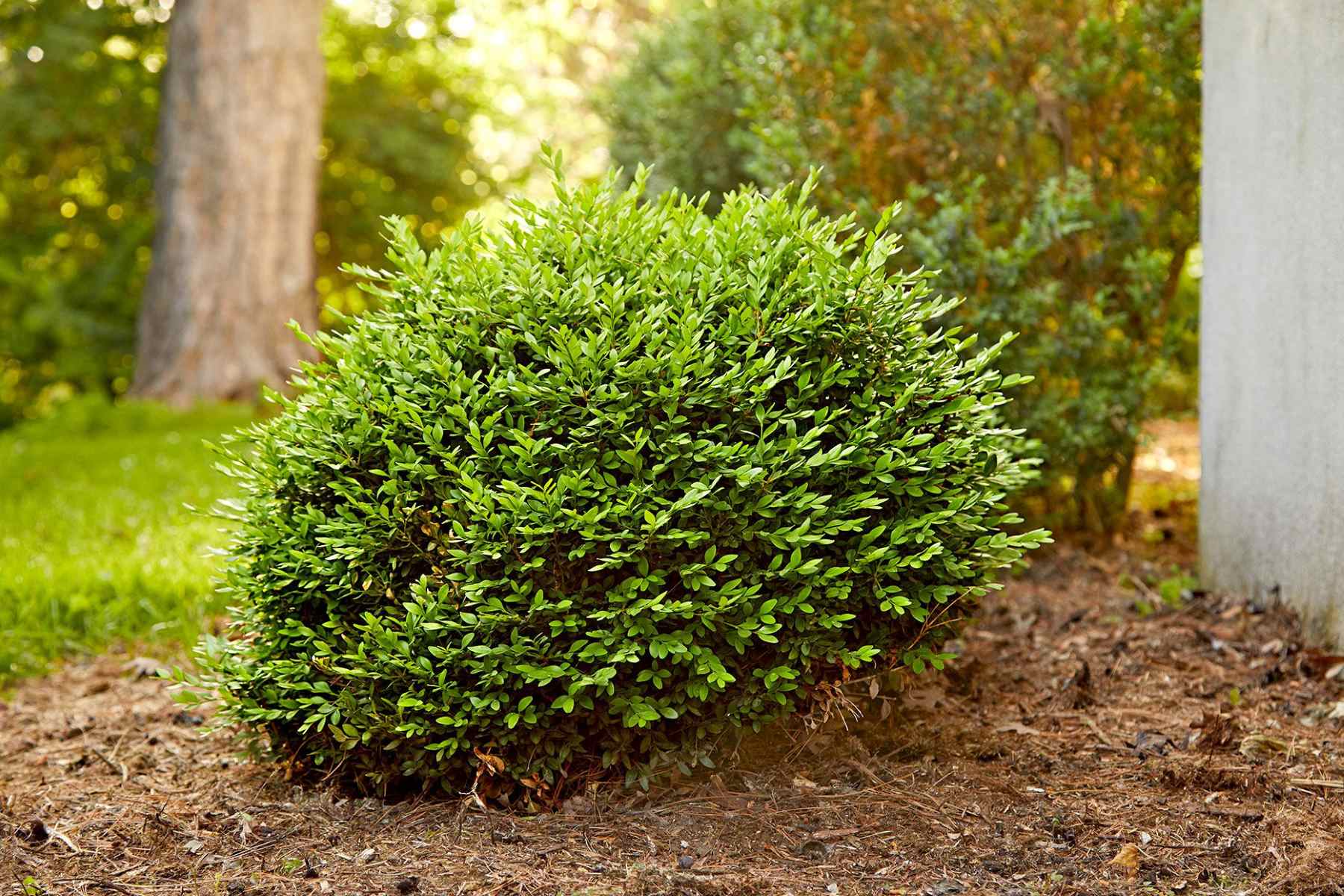
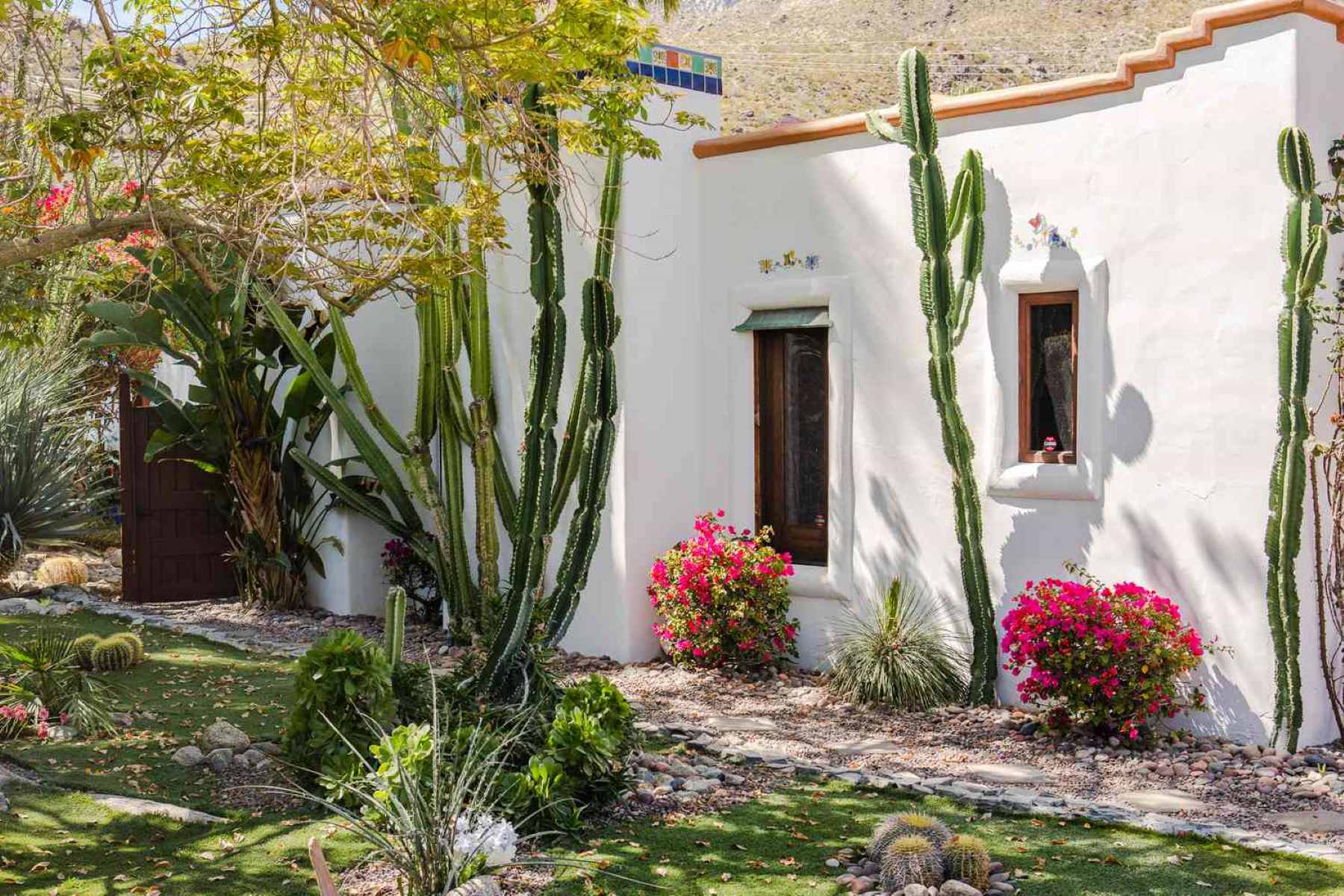


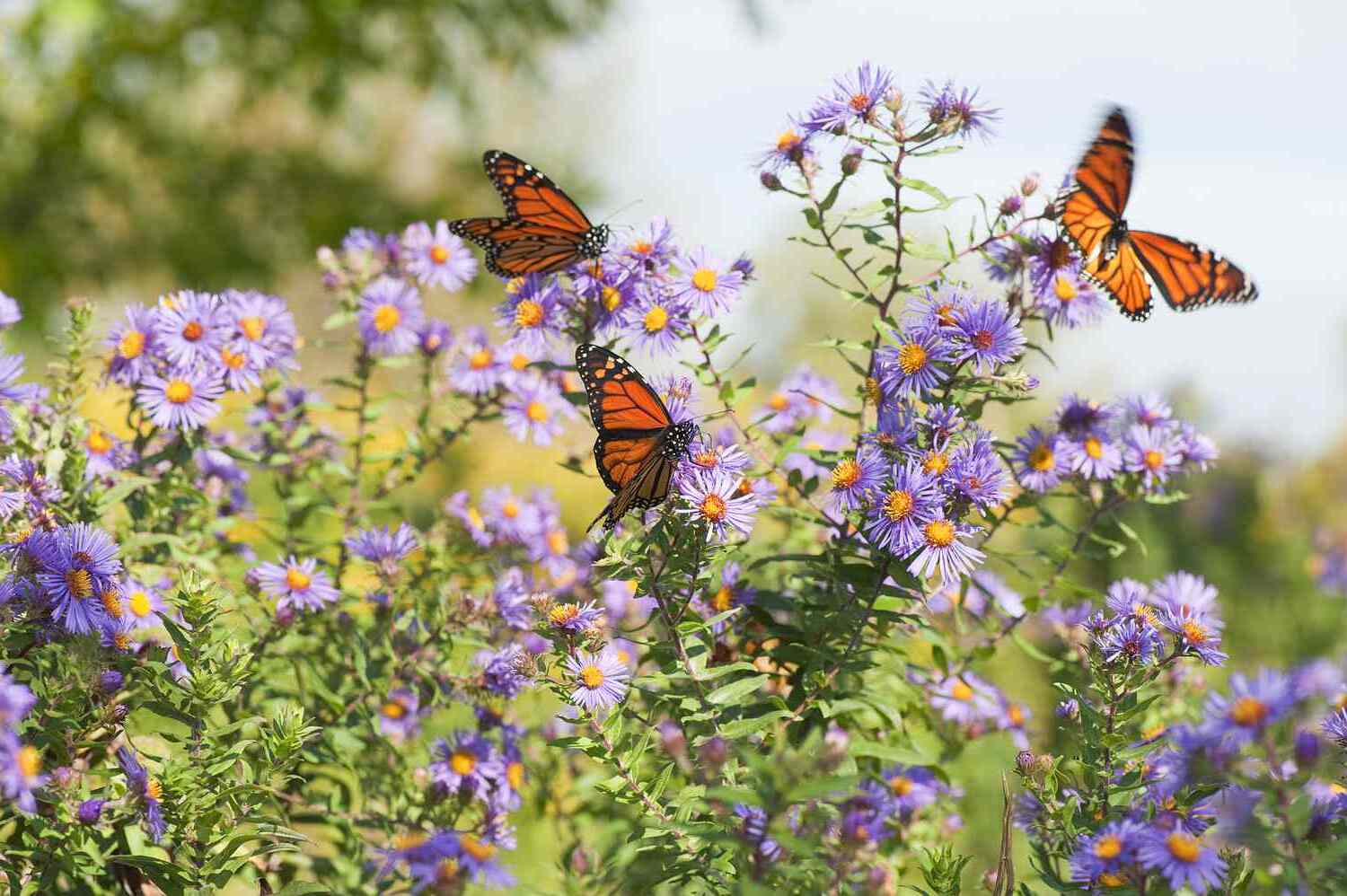
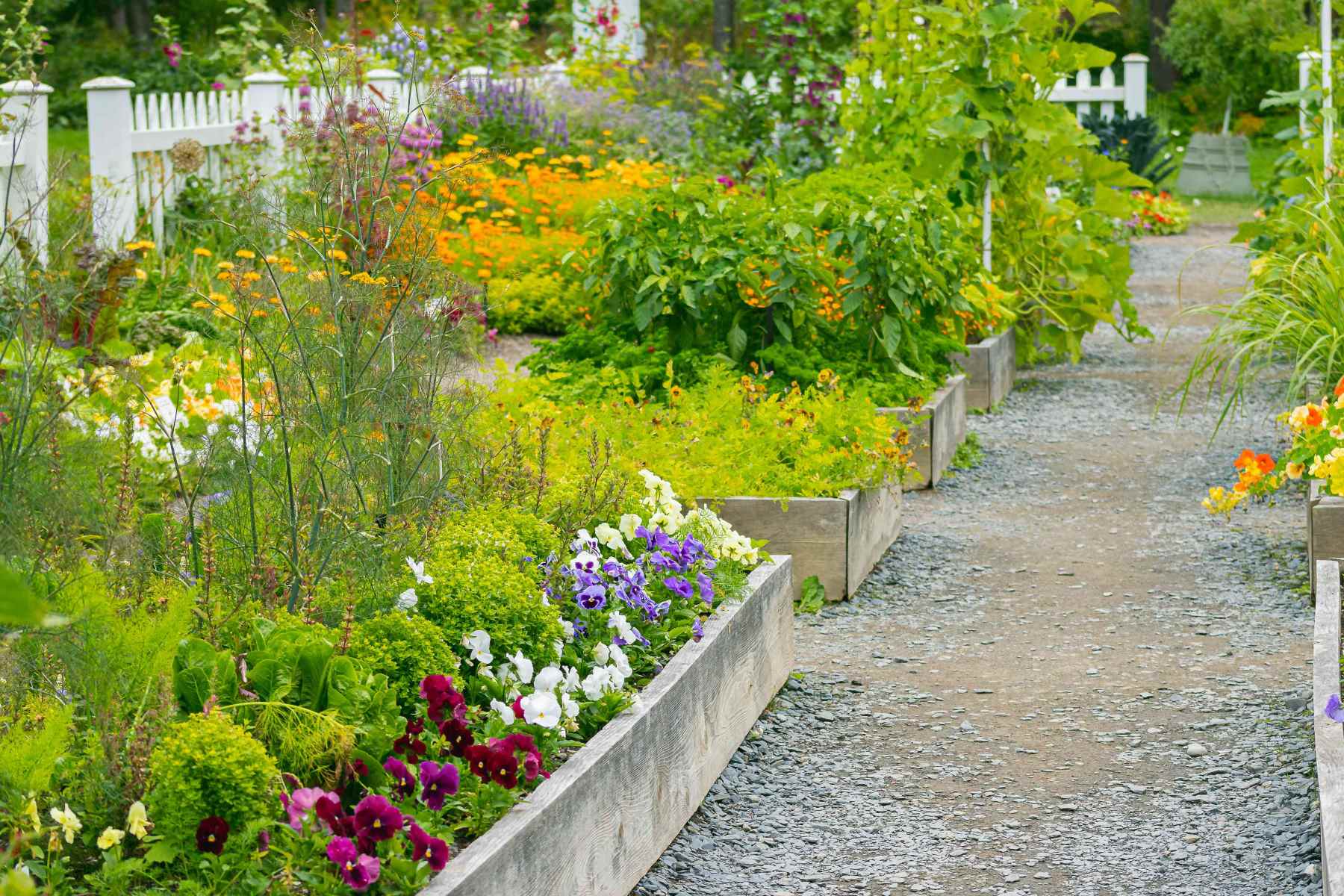
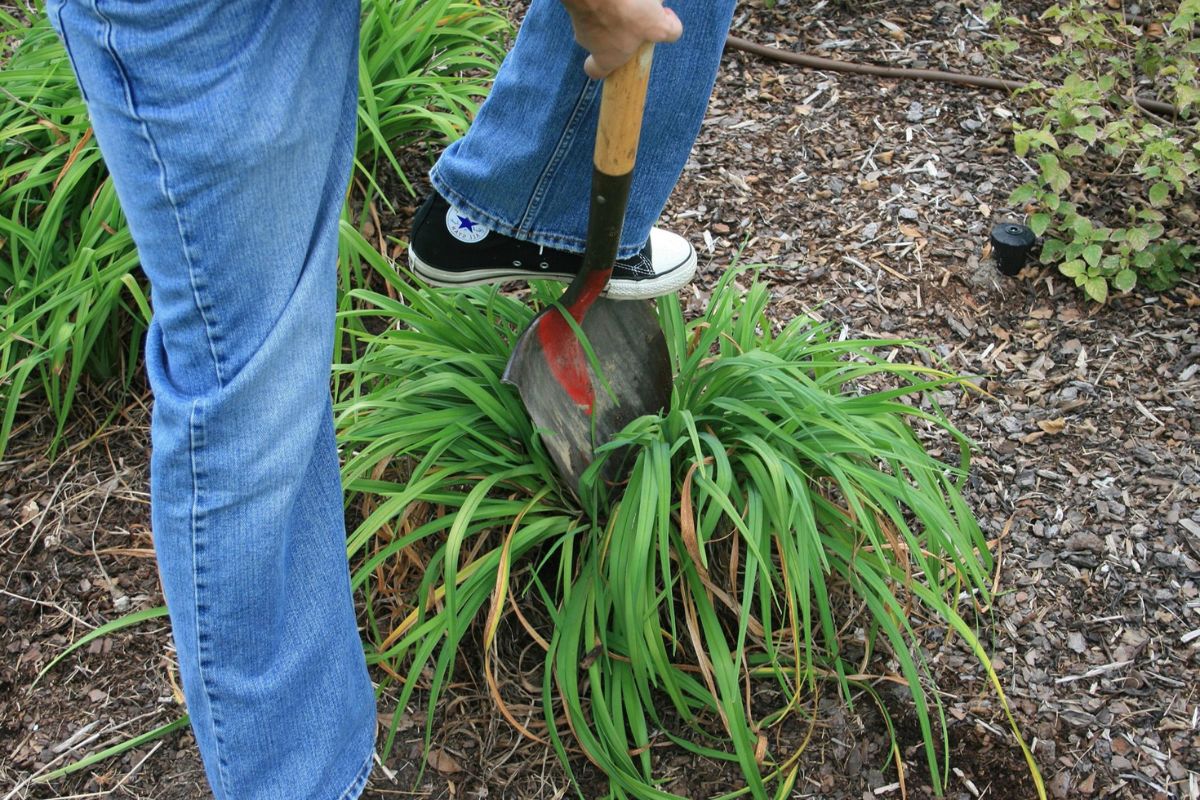

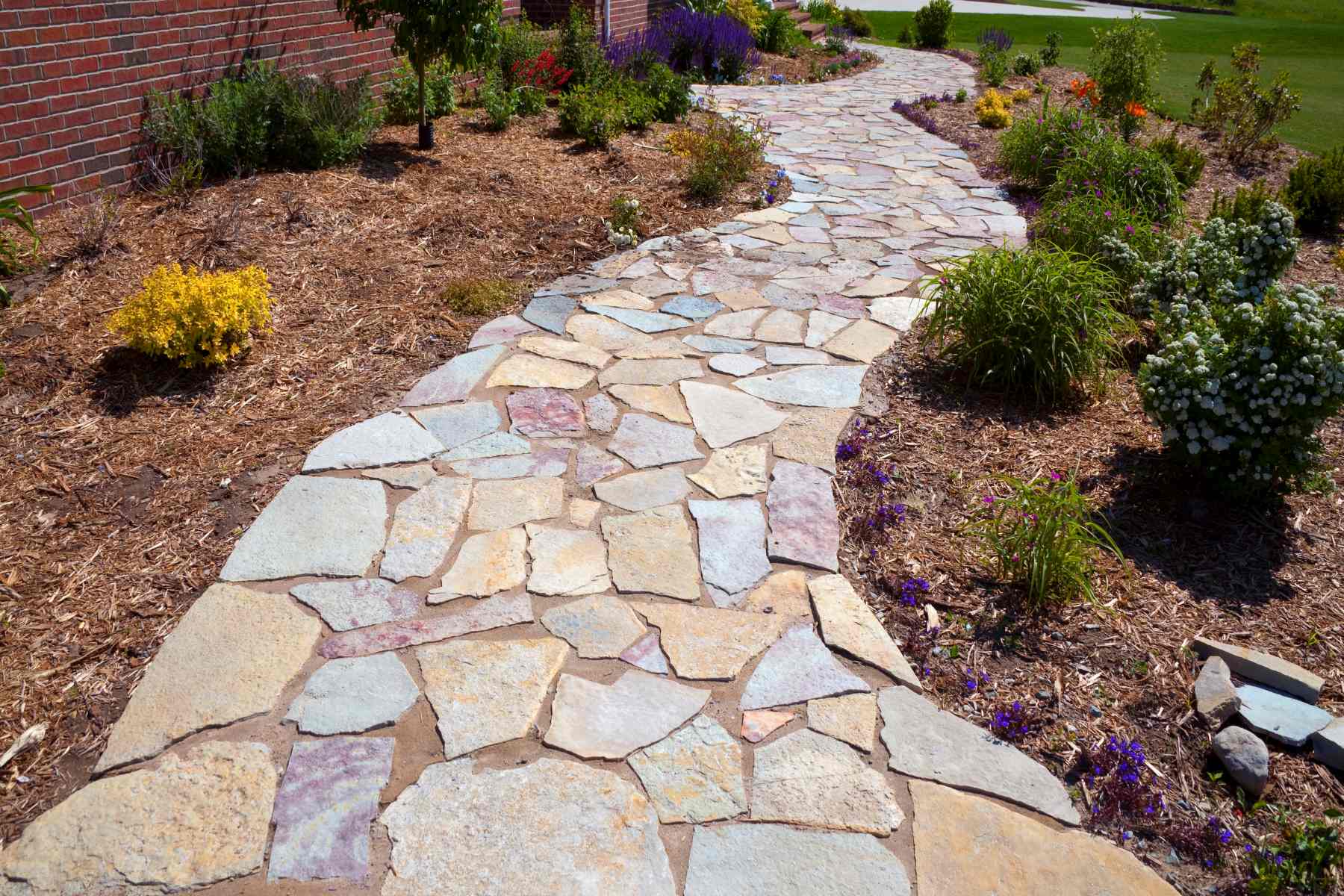
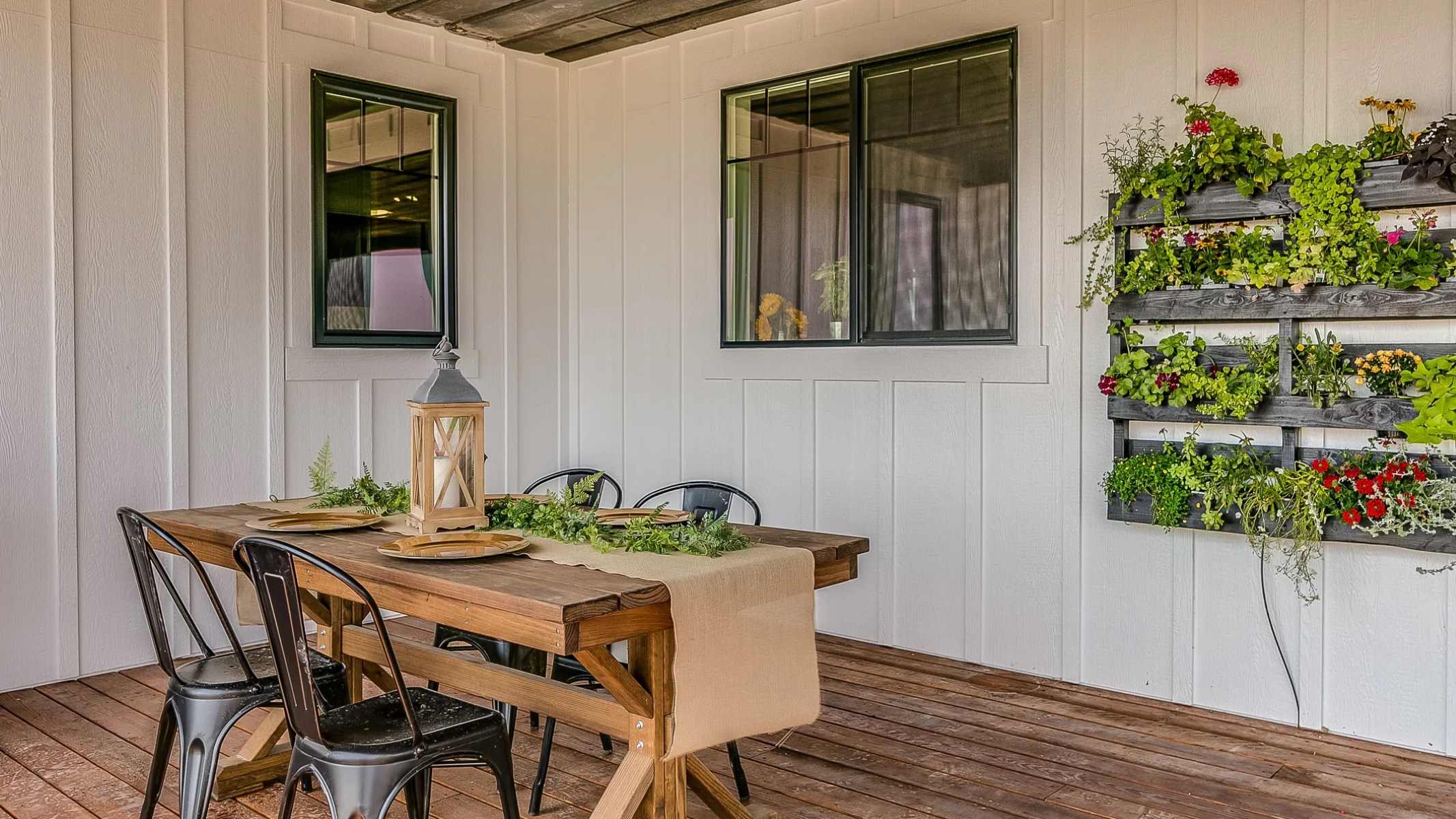
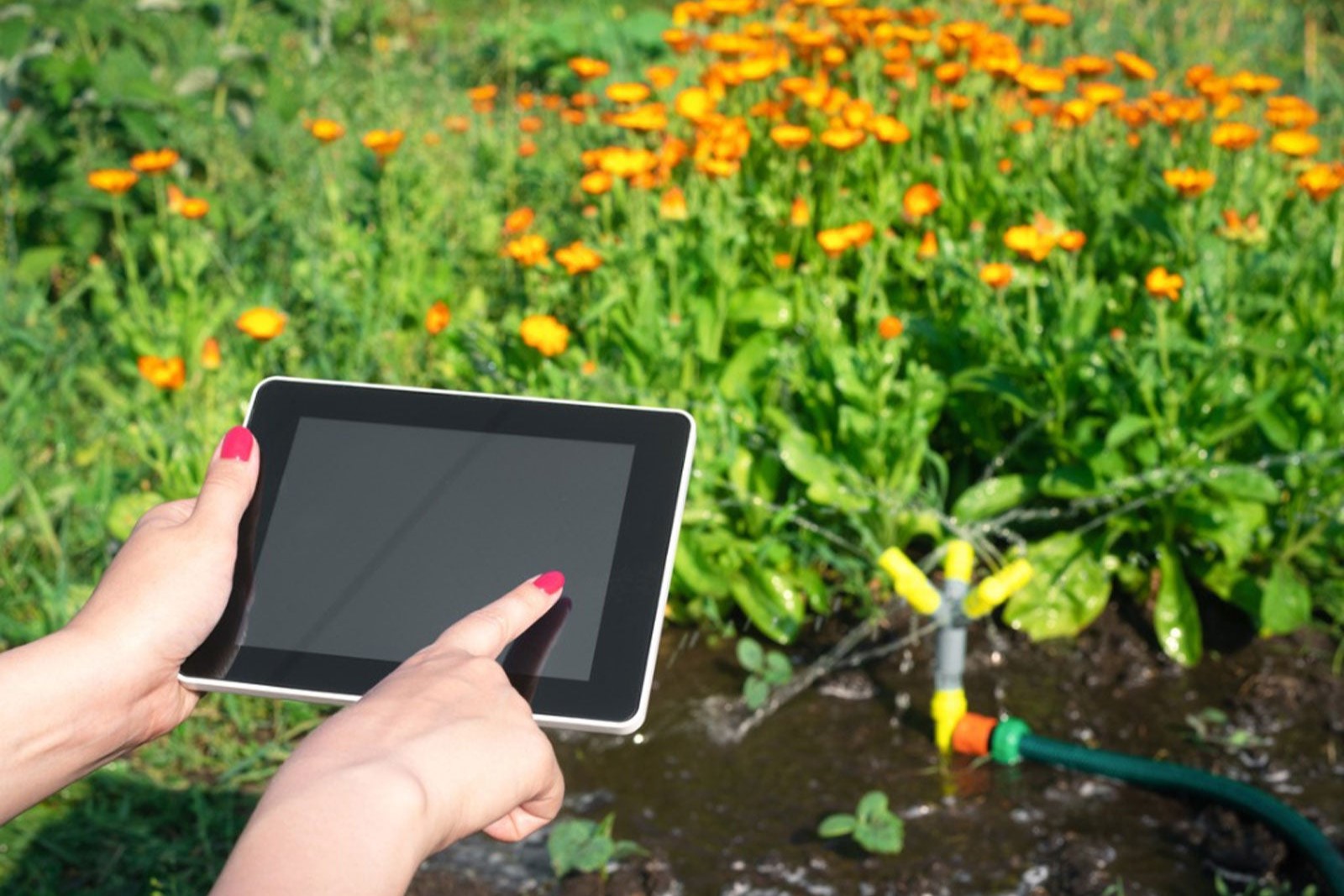

0 thoughts on “5 Sustainable Practices To Try In Your Garden”